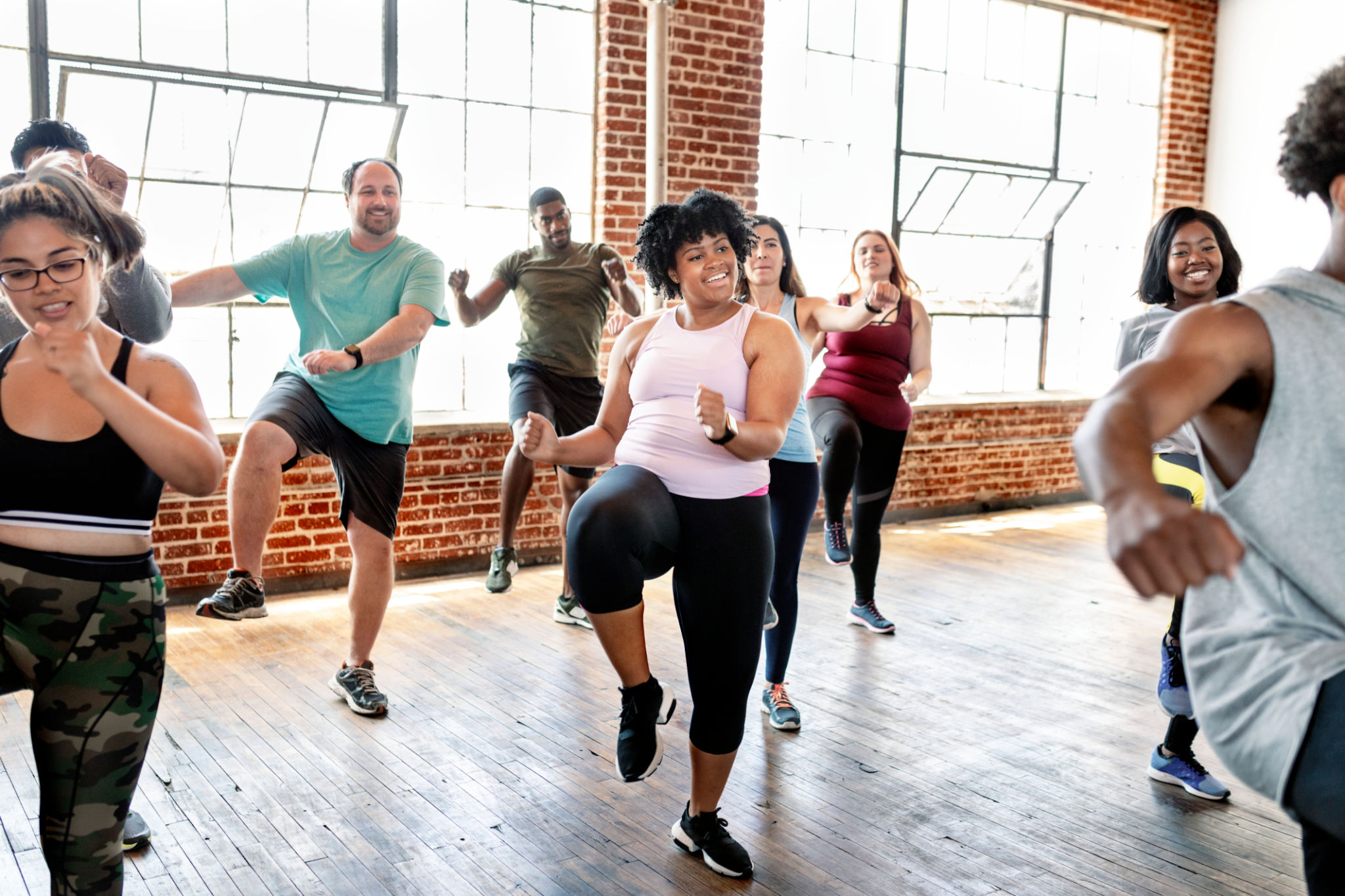The Evolution of Salsa and Bachata: How These Dances Became Popular in Omaha
DF
The Origins of Salsa and Bachata
Salsa and bachata have become more than just dance styles; they are cultural phenomena that have captured the hearts of many worldwide. Originating from the vibrant Latin American communities, salsa has its roots in Cuban son, while bachata hails from the Dominican Republic. These dances are not only expressions of rhythm and movement but also of emotion and storytelling.
Both dance styles have evolved significantly from their origins, adapting to various musical influences and cultural shifts. Salsa, for example, was influenced by jazz and other Afro-Caribbean rhythms as it spread through the Caribbean and Latin America. On the other hand, bachata has seen a significant transformation from its early days as a rural Dominican dance to a polished form of social dance enjoyed globally.

The Journey to Omaha
Omaha, known for its rich history and cultural diversity, has seen a remarkable growth in the popularity of salsa and bachata over the years. The journey began in the late 20th century when Latin American communities started to blossom in the city. With them came the vibrant sounds and movements of their traditional dances.
As more Latin music venues and dance studios opened in Omaha, they provided platforms for enthusiasts and newcomers alike to explore these captivating dances. Events like salsa nights at local clubs and cultural festivals introduced Omaha residents to these irresistible rhythms, setting the stage for a broader acceptance and love for Latin dances.
The Role of Dance Studios and Clubs
Dance studios and clubs have played a crucial role in making salsa and bachata accessible to a broader audience in Omaha. Local dance instructors began offering classes to teach both beginners and seasoned dancers the intricate footwork and passionate movements associated with these dances.
Moreover, clubs have become hotspots for social gatherings where people can come together to enjoy live music, practice their moves, and connect with others who share their enthusiasm. These venues have fostered a vibrant dance community that continues to grow and thrive.

Cultural Impact and Community Building
The rise of salsa and bachata in Omaha is not just about learning new dance styles; it's about building a community. These dances have become a means for people from different backgrounds to connect, share experiences, and celebrate diversity.
Local events often feature performances by professional dancers, showcasing the rich heritage and evolution of these dances. This not only educates the audience but also inspires many to take up dancing themselves, further enriching Omaha's cultural tapestry.
The Future of Salsa and Bachata in Omaha
As interest in these dance styles continues to grow, the future looks promising for salsa and bachata in Omaha. Dance studios are expanding their offerings, incorporating workshops with renowned instructors from around the world to enhance the skills of local dancers.
Community events celebrating Latin culture are becoming more frequent, drawing larger crowds each year. This indicates a sustained interest and appreciation for salsa and bachata, ensuring that they remain integral parts of Omaha's cultural landscape.

Conclusion: Embracing Diversity Through Dance
Salsa and bachata have transcended their origins to become beloved parts of Omaha's cultural scene. Through dance, residents of Omaha celebrate diversity, fostering a sense of unity and understanding among its varied communities.
The evolution of these dances in the city is a testament to the power of music and movement to bring people together, creating lasting connections that bridge cultural divides. As Omaha continues to embrace these lively dance forms, the community grows stronger, more inclusive, and more vibrant with every beat.